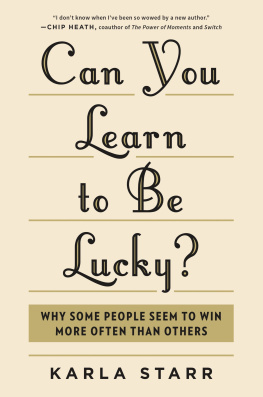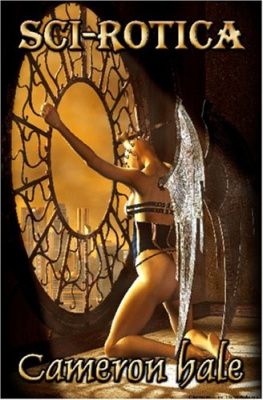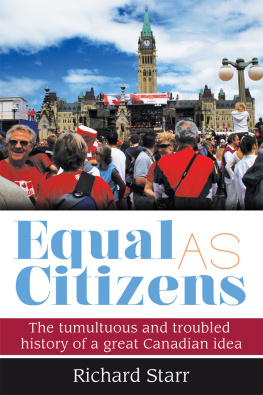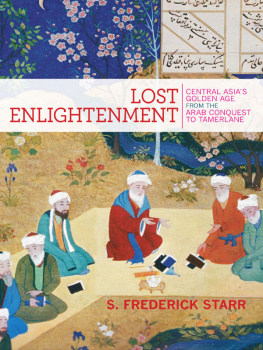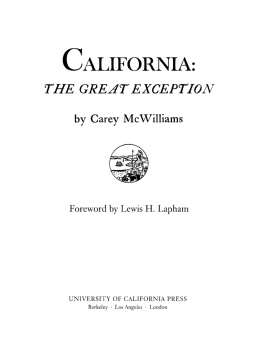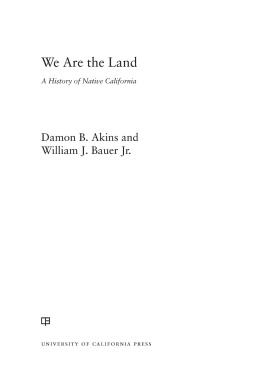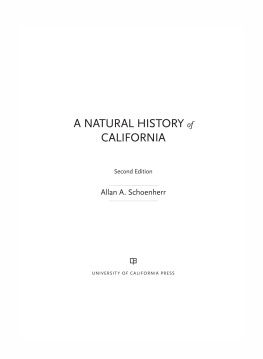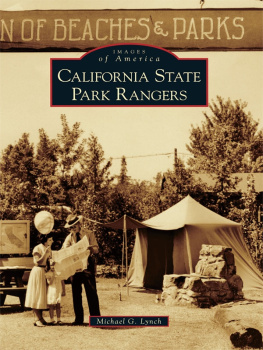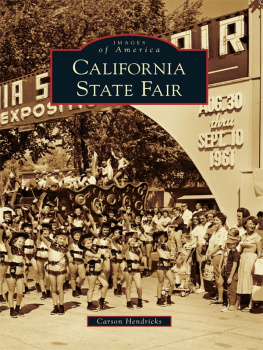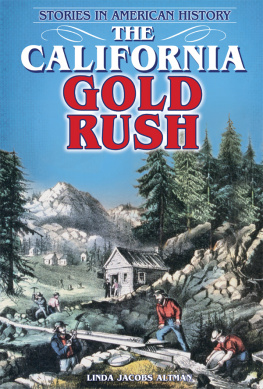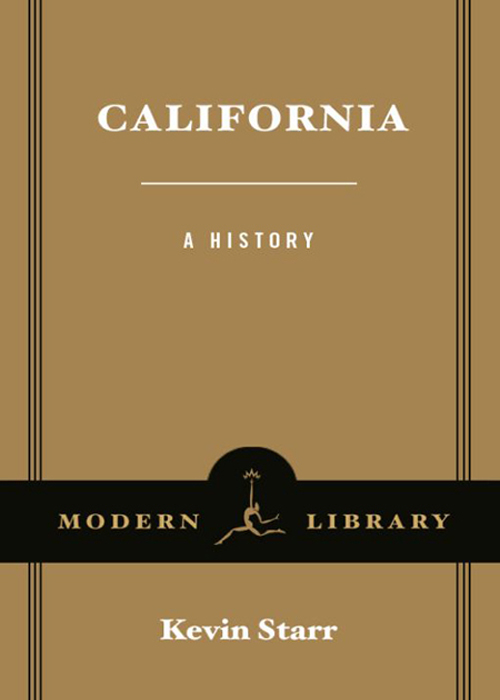


Table of Contents
for
KATHRYN AND STEVEN SAMPLE
MODERN LIBRARY CHRONICLES
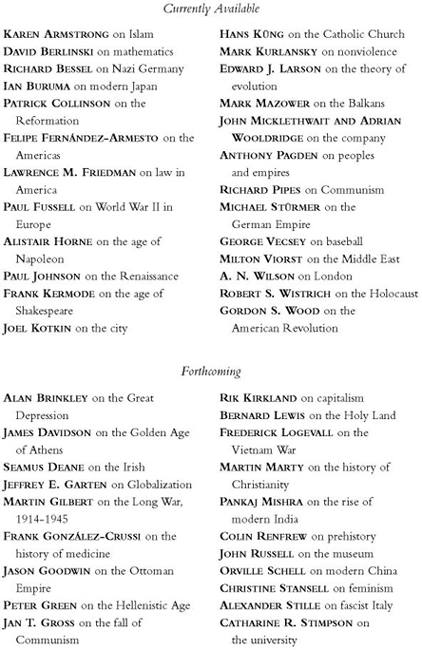
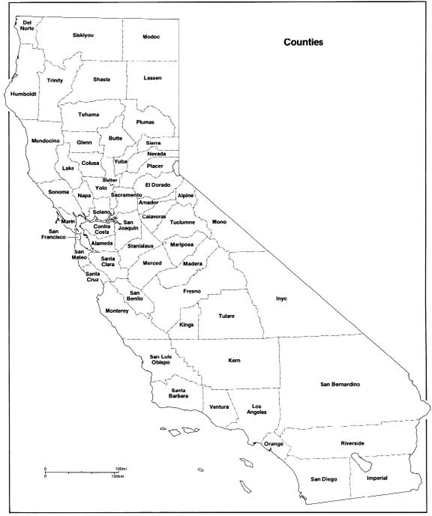
The Counties of California CALIFORNIA STATE LIBRARY
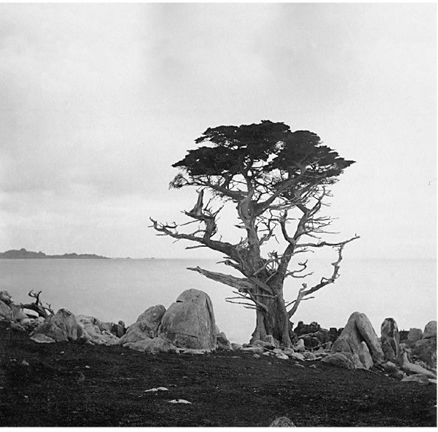
Cypress Point, Monterey County, the 1860s CALIFORNIA STATE LIBRARY
Chronology
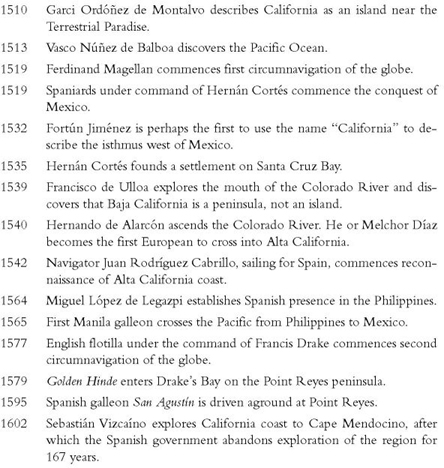
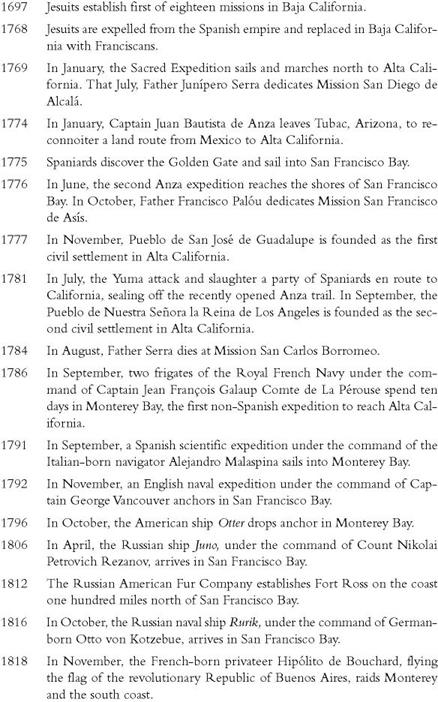
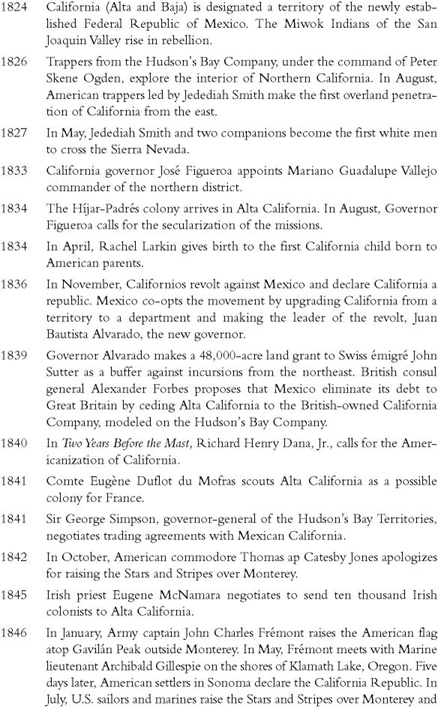
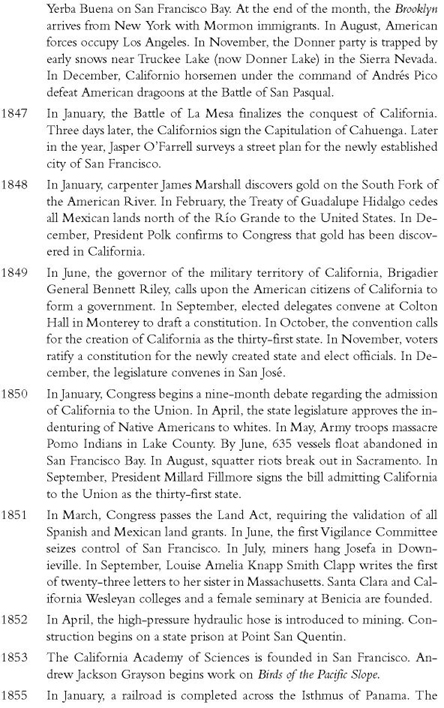

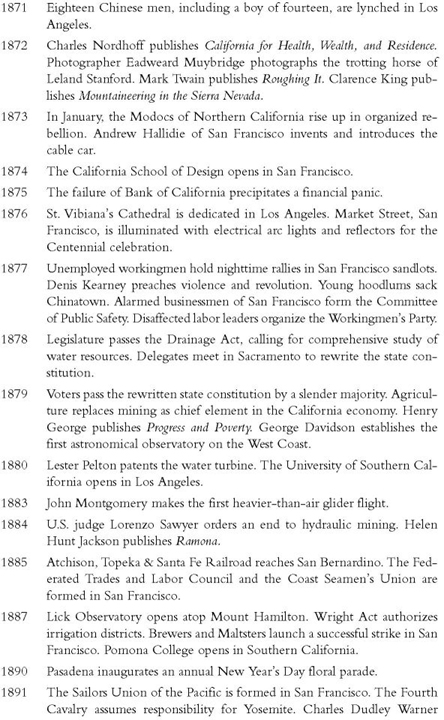
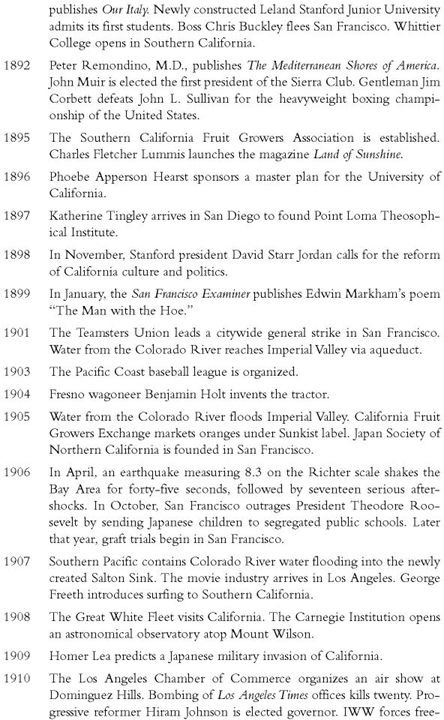
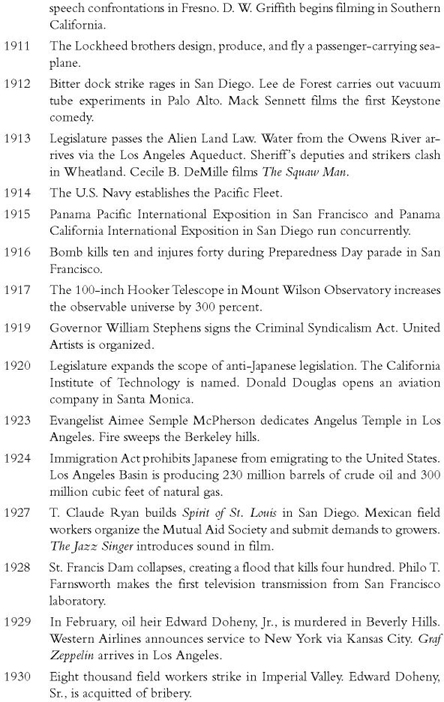
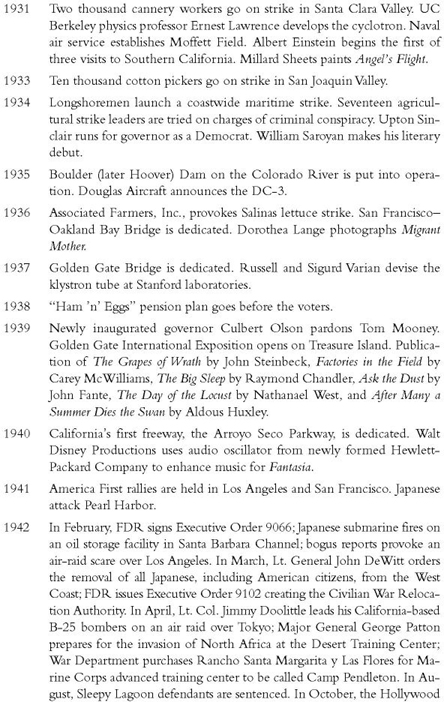
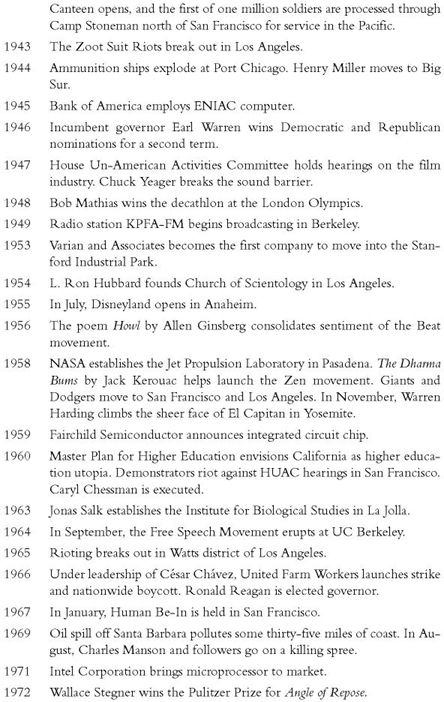
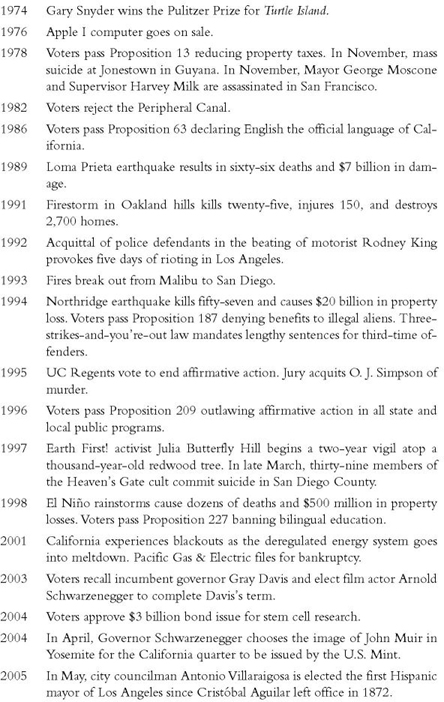
Preface
A NATION-STATE
Where did it come fromthis nation-state, this world commonwealth, this California? How did an American state, one in fifty, rise to such global stature, with its $1.5 trillion economy making it, as of 2005, the fifth-ranked economy on the planet? Never before in human history, it could be argued, had such a diverse population assembled itself so rapidly under one political system. By 2004, the Los Angeles Unified School District alone was reporting some ninety-two languages in use in its student population. The city itself, meanwhile, had become the second largest Mexican city on the planet and a ranking Korean, Iranian, Armenian, and Ethiopian metropolis. With a population of thirty-six million in 2004, California contained 12.5 percent of the population of the United States as of Census 2000. Metropolitan Los Angeles was the second largest urban region in the nation, the San Francisco Bay Area the fourth. If the five-county Los Angeles metropolitan region alone were a separate state, its 20.6 million people would make it the fourth largest state in the country.
Where had these people come from? And why were they here? What forces of war and peace, of economics, what shifts of demography and social aspiration had caused the population of California to shoot up from seven million in 1940, to seventeen million in 1962 (when California surpassed New York as the most populous state in the nation), to nineteen million by the mid-1960s when immigration laws were reformed, allowing for new migration from Asia, Africa, Latin America, and the Middle East? Sponsored by Spain and Mexico in its colonial and early frontier eras, Californiawith 32.4 percent of its population Latino as of 2000was in the process of becoming the most important center of Mexican culture and society outside Mexico itself. Facing the Asia-Pacific Basin, California was likewise becoming an epicenter of Asian American civilization, with nearly 11 percent of its population of Asian origin and San Francisco on the verge of becoming the first prominent American city with an Asian American majority.
Here was an American state that by the twenty-first century had become a world force in terms of people, trade and commerce, tourism, and technology, and, more subtly, a state possessed of a certain glamor, a magic even, rich with the possibilities of a better life. Here was a crossroads commonwealth. By the millennium, California was exporting some $1.7 billion in goods worldwidemostly to Mexico, Japan, Canada, Taiwan, South Korea, the United Kingdom, the Netherlands, and mainland China, its leading trading partners (in that order), but also to twenty-six other ranking trading partners as well. The Port of Los AngelesLong Beach on San Pedro Bay was the busiest port in the nation and one of the ranking ports of the world. Five million overseas visitors were pouring into California each year by the late 1990s, and the travel and tourism economy of the state was generating more than $75 billion annually from domestic and international travelers and employing more than a million Californians before the terrorist attacks of 9/11. What did the nonbusiness travelers come to see? Disneyland in Anaheim, first of all, and Universal Studios in Hollywood, followed by an array of amusement parks and outdoor attractions including the Golden Gate National Recreation Area and Yosemite National Park.
These dual attractionsthe entertainment industry and natural beautyvirtually define the state. In the early twentieth century, California had won the contest over the best site for the emergent motion picture industry. And this in turn established a matrix for the development of other new entertainment mediaradio, records, television, video, CDs, DVDsthat were to follow. The main reason California was attracting so many visitors, foreign and domestic, was that California had long since been presenting itself to them via the various entertainment media as a land of enchantment and dreams. Much of the world tended to perceive the United States itself as, somehow, California, thanks to television programs such as Baywatch, which broadcast to millions a Day-Glo version of life on the sunny beaches of the Golden State.
At times, California seemed imprisoned in a myth of itself as an enchanted and transformed place: a myth that, in one way or another, had its origins in the Spanish colonial era. The very acceleration of California into an American commonwealth had been the result of a gold rush, with all that such beginnings implied for the perception of California as a place where human beings might break through the constraints of day-to-day life and come into possession of something immeasurably better. Such a utopian expectation also brought with it, when things did not go wellwhen California was wracked by earthquake, fire, and flood; when its prisons filled to overflowing; when its economy went into sudden collapse; when its politics grew dysfunctional; or merely when Californians experienced the inevitable human tragedies, shocks, and setbacks they had come to California to escapethe common complaint that California had been hyped beyond recognition: that for all its media-driven pretenses to glitz and glamor, California was, all things considered, just another American place, and sometimes even worse than that.
Next page

